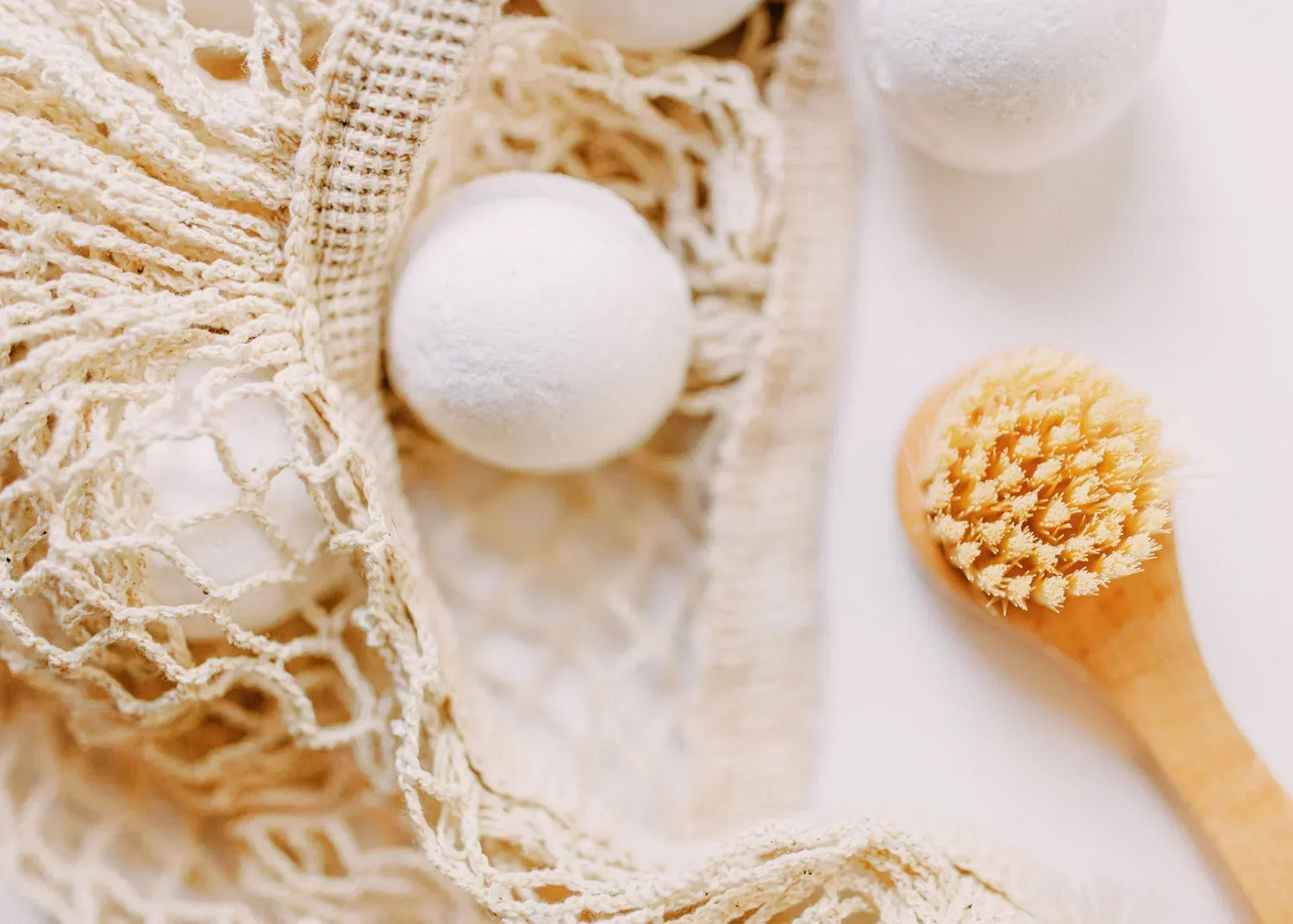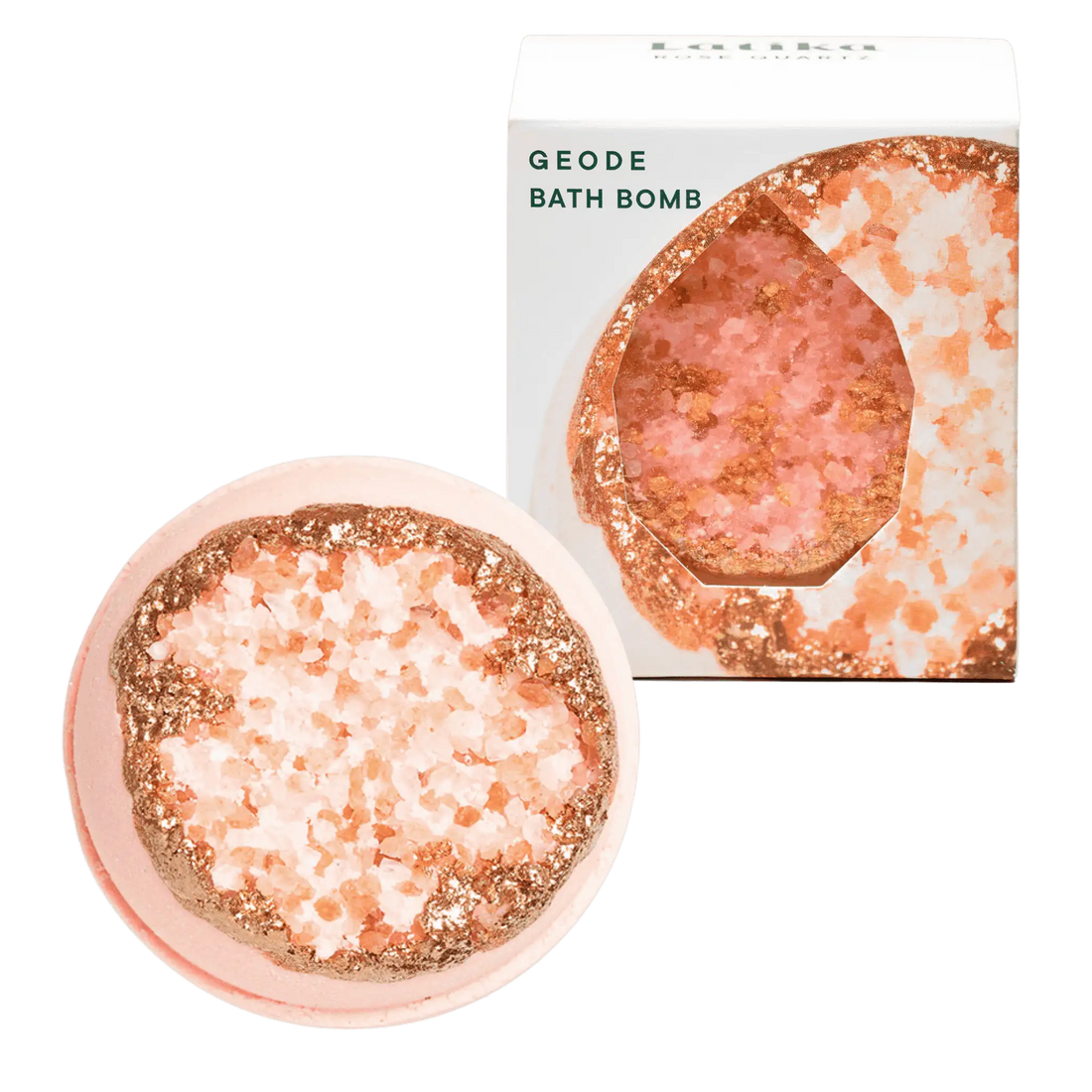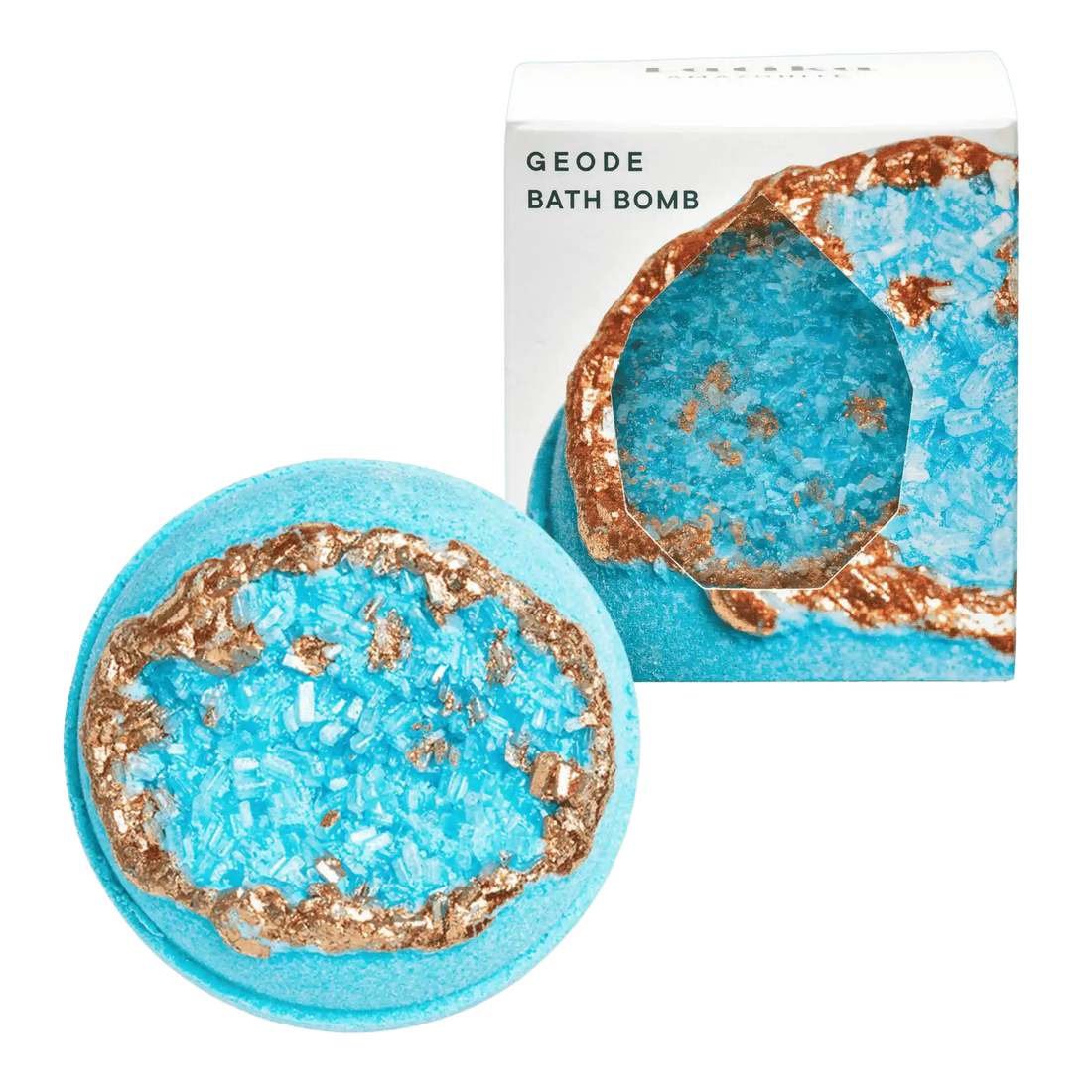Why This Small Habit Matters
After cleansing, how you dry your skin might seem inconsequential. But like many small skincare rituals, the details carry weight. The drying method you choose can subtly affect your skin’s hydration, barrier function, and texture. This guide examines the advantages and disadvantages of air drying versus towel drying and provides straightforward strategies to safeguard your skin during its most vulnerable period.
The Skin After Cleansing: A Delicate State
Cleansing removes surface oils, impurities, and residual makeup, but it also temporarily alters the skin's moisture balance. Whether you use a gel, cream, or oil-based cleanser, your skin becomes more permeable immediately after rinsing. That makes your drying method and the next steps particularly important.
Option One: Air Drying
The Approach
Air drying involves allowing the water on your skin to evaporate naturally. A refined approach is to gently press excess water away with your hands, then let the remaining moisture dissipate without friction.
Benefits
- No contact with fabric, minimizing irritation
- Helps preserve the skin barrier, especially for sensitive skin
- Encourages a minimalist, gentle ritual
Considerations
Allowing skin to fully air dry without following immediately with moisturizer can lead to moisture loss. In this state, water evaporates not only from the surface but also from the deeper layers of skin, potentially leaving it tight and dehydrated.
Option Two: Towel Drying
The Approach
Use a clean, soft towel and gently pat the skin to remove excess water. Avoid tugging or rubbing the skin, particularly in delicate areas like the cheeks and around the eyes.
Benefits
- Quickly removes water, preparing skin for the next step
- Less time-consuming, ideal for structured routines
- Prevents water from dripping along the hairline or neckline
Considerations
Rough towels or rubbing can cause irritation or exacerbate acne. Fabric that is not washed frequently may also introduce bacteria to freshly cleansed skin.
Expert Insight: Timing Matters Most
Whether you prefer air drying or towel drying, the timing of your next step matters more than the drying method itself.
According to the Latika formulation team, the skin is most receptive to hydration within the first 60 seconds after cleansing. Applying moisturizer while the skin is still slightly damp helps to retain surface hydration and reduce more profound moisture loss. This also allows key ingredients to absorb more effectively.
Practical Takeaway
There is no one-size-fits-all approach. What matters is how gently you treat your skin and how quickly you transition to hydration.
If you prefer air drying
Push away excess water with your hands, blot under the jawline, and apply moisturizer while the skin is still slightly damp.
If you prefer towel drying
Use a clean, soft towel and pat the skin without friction. Follow immediately with moisturizer.
The priority is to minimize dehydration and reinforce your skin barrier with moisture while the skin is still receptive.
Complete Your Ritual
Enhance your quiet moments with essentials that promote hydration and comfort.
Magnesium Cream
A calming, lightweight moisturizer designed to seal in hydration while soothing the skin with lavender and magnesium.
Facial Mist
Use a gentle hydrating mist as a re-wetting step if your skin tends to dry out too quickly before applying cream.
Soft Cotton Face Towels
Choose low-abrasion, clean cotton cloths that support your skin’s recovery and reduce friction.
Thoughtfully Designed Habits
Skincare is not only about what you apply, but how you apply it. Elevating simple habits, such as drying your face, adds intention to your routine. In the long term, these choices support a healthier, more resilient complexion and reinforce the calm, steady rituals that build a foundation for overall well-being.













